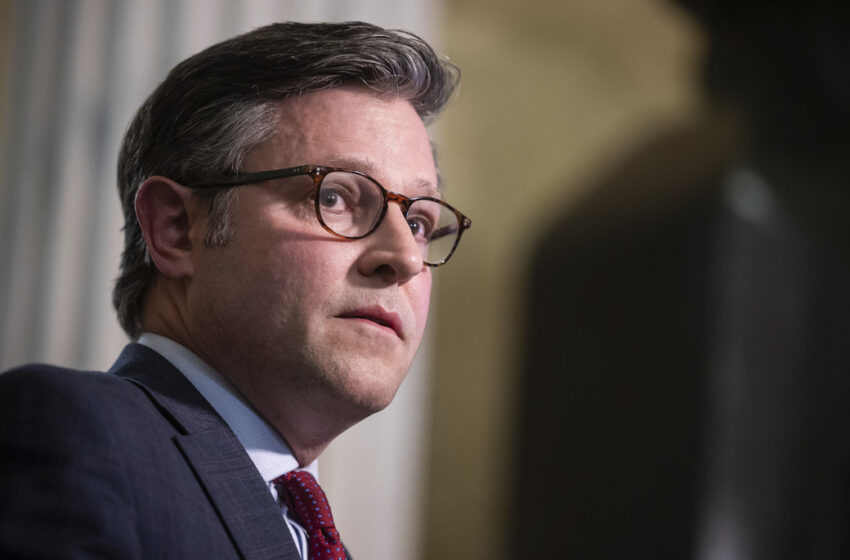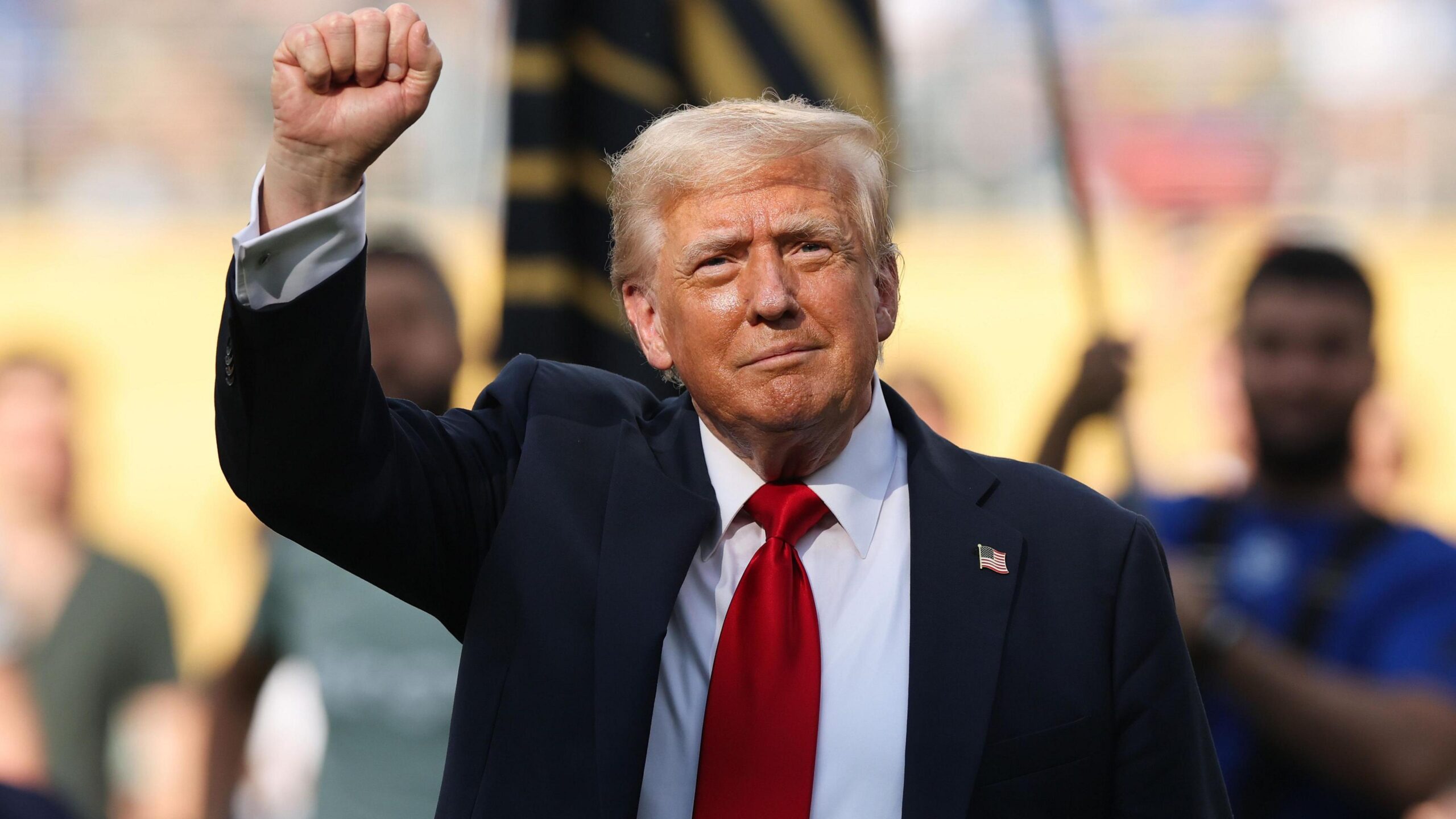National Shutdown: Johnson and Jeffries’ high-stakes funding dance

Louisiana congressman, Mike Johnson. Photo Credit- Politico
As the September sun sets over Capitol Hill, the specter of a government shutdown looms large, casting a familiar shadow over Washington’s political landscape. On September 2, 2025, House Speaker Mike Johnson and Minority Leader Hakeem Jeffries sat down to discuss a critical issue: keeping the government funded past the September 30 deadline. According to Politico, their conversation centered on a potential stopgap measure, a continuing resolution (CR) to punt the funding fight into November or December, avoiding a disruptive shutdown during the holiday season. This meeting, described as a “funding tango,” shows the delicate balance of bipartisanship and brinkmanship that defines Congress in 2025, with both leaders navigating internal party pressures, a volatile political climate, and the ever-present influence of external figures like President Donald Trump and tech mogul Elon Musk
A fragile truce amid partisan tensions
The Johnson-Jeffries talks reflect a rare moment of pragmatism in a deeply divided House. Johnson, a Louisiana Republican, faces a restless GOP caucus, with hardline conservatives like Rep. Thomas Massie pushing controversial initiatives, such as a discharge petition to force a vote on Jeffrey Epstein-related legislation, which GOP leaders have scrambled to contain. Meanwhile, Jeffries, the New York Democrat who made history with an eight-hour floor speech earlier this year, is tasked with unifying a Democratic caucus wary of compromising with a GOP increasingly aligned with Trump’s agenda. Their discussion of a CR signals a mutual recognition that a shutdown would be politically disastrous, especially with the 2026 midterms on the horizon. Yet, the path to agreement is fraught, as Johnson has publicly placed the onus on Democrats to deliver votes, declaring the “shutdown ball” in their court, a move that risks escalating tensions rather than fostering cooperation.
The ghost of shutdowns past
For American workers, a government shutdown is more than a political headline, it’s a paycheck delayed, a national park closed, or a federal service halted. The Johnson-Jeffries talks are haunted by memories of past shutdowns, like the 35-day stalemate in 2018-2019 that furloughed 800,000 federal employees. In 2025, the stakes are just as high, with federal agencies like the Department of Homeland Security and the Social Security Administration facing operational freezes if funding lapses. Commuters in Washington, D.C., feel the anxiety acutely, recalling the financial strain of unpaid bills during a previous shutdown. It’s not just politics, it messes with people’s lives. The CR under discussion would buy time, but it’s a temporary fix, kicking the can down the road to a potentially more contentious post-election period when Trump’s influence could further complicate negotiations.
External pressures and internal struggles
Beyond the Capitol’s marble halls, external forces are shaping the funding debate. President Trump’s shadow looms large, with his recent calls for a congressional map redraw in Texas and criticisms of GOP leadership adding pressure on Johnson. Meanwhile, Elon Musk’s public campaign against a Republican megabill described as a “$9.4 billion rescissions package” has rattled GOP unity, with Johnson and Senate Majority Leader John Thune pushing back against the billionaire’s influence. Inside the House, Jeffries faces his own challenges, with some Democrats questioning his leadership in this high-stakes moment, as seen in posts on social media labeling him a “mediocrity” unsuited for the crisis. Yet, Jeffries’ marathon speeches and strategic maneuvering, like his 37-minute broadside against GOP legislation in May, demonstrate his ability to rally his party. Both leaders must balance these external and internal dynamics while convincing their colleagues that a CR is the least bad option.
Conclusion
As September progresses, the clock is ticking toward the funding deadline. Johnson and Jeffries’ willingness to discuss a stopgap offers hope, but the road ahead is uncertain. A November or December CR would push the fight into the holiday season, potentially sparing federal workers immediate disruption but setting the stage for a showdown during a politically charged lame-duck session. For now, their talks represent a fragile bridge over troubled waters, with both leaders aware that failure could erode public trust further. As commuters, federal employees, and ordinary Americans watch closely, the outcome of this funding tango will test whether Johnson and Jeffries can rise above partisan gridlock to keep the government running or if Washington will once again stumble into a self-inflicted crisis.




